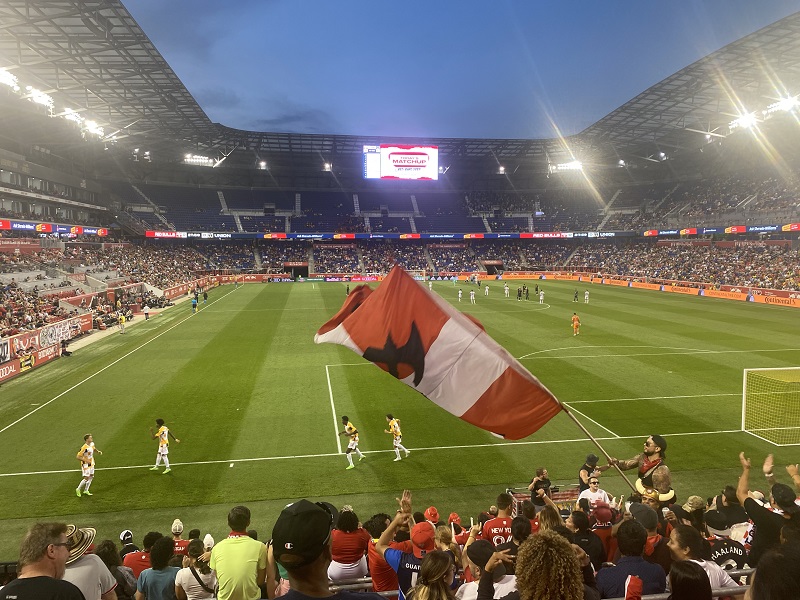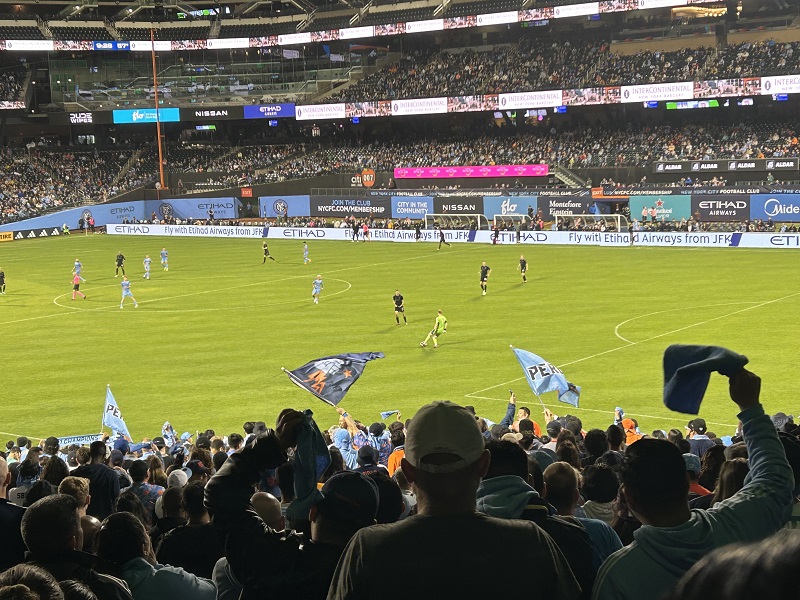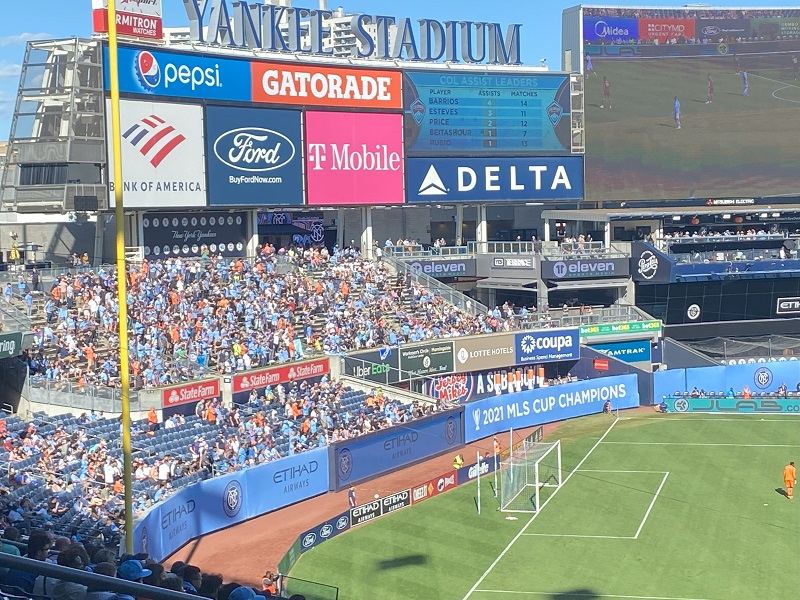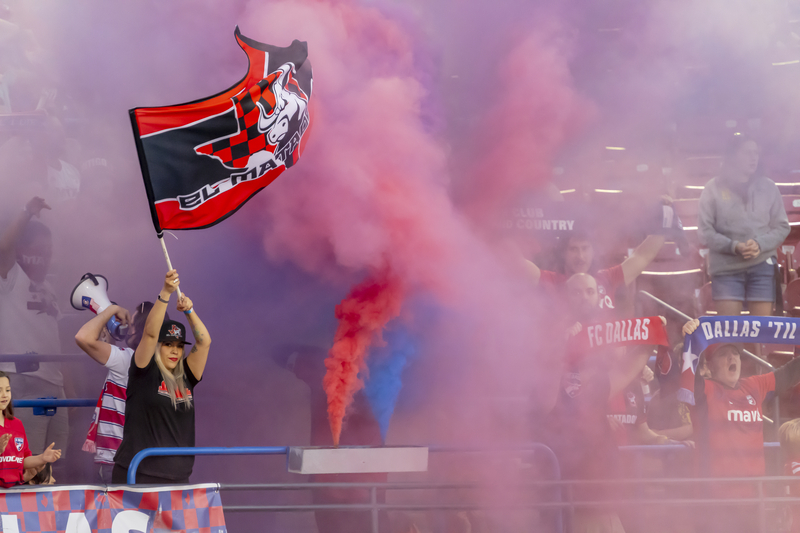MLS (Major League Soccer) is an inferior league, so why watch it? Since becoming a fan of the league in 2022, I’ve heard that statement from many fans who exclusively watch the English Premier League or La Liga. For context, Major League Soccer (MLS), the premier professional football league in the United States and Canada, has long been debated and scrutinized among football enthusiasts worldwide since it became a league.
In the vast landscape of global football, MLS often finds itself compared to and is often deemed inferior to the English Premier League (EPL). While such comparisons are common in sports, understanding the factors contributing to this perception is crucial.
In this blog post, we will delve into the reasons behind the perceived inferiority of MLS compared to the EPL, acknowledging the league’s growth and the positive strides it has made in recent years.
My Quick Take as an MLS Fan
I, Greg Kristan, can tell there is a difference when watching EPL games vs MLS games, but that is ok. I’ve said this numerous times, but, I like that MLS is something local for me to watch. Its pretty cool to see a player that you watch from MLS go to LaLiga, EPL, or another team once they outgrow the league.
My favorite MLS player is Taty Castellanos, and once he left NYCFC to go to LaLiga, I followed his journey and watched his games for that reason. When he scored four goals against Real Madrid in 2023, I felt like that was a big win for MLS. You can read that article about his four goals on Hudson River Blues. That was a player who was a golden boot winner in MLS the season prior, and he was able to showcase his talents on a bigger stage.
Sure, one day it would be great if MLS could retain the talent for the league. However, with a salary cap in place, that won’t be happening anytime soon. Once a player outgrows the league, the team will ship them off to get money to invest into their academy.
Historical Context
Established in 1993, MLS was in its infancy compared to the rich footballing traditions of European leagues, especially the venerable English Premier League. European football had long been a powerhouse, boasting iconic clubs, passionate fanbases, and a storied history that resonated with fans worldwide.
Conversely, MLS faced the challenge of building a football culture in a nation predominantly obsessed with American football, baseball, and basketball. The league struggled to gain traction in its early years, facing financial instability, a lack of high-profile international players, and skepticism from fans and pundits alike. Also, some franchises had to fold due to financial issues, and the teams would play in less than subpar playing conditions.
Quality of Play
One of the primary reasons behind the perception of MLS as an inferior league is the perceived difference in the quality of play compared to the EPL. Critics often point to the slower pace, less fluid ball movement, and tactical simplicity in MLS matches. While these critiques may have held some truth in the league’s formative years, they fail to acknowledge MLS’s significant strides in improving its on-field product.
In recent years, MLS has become a breeding ground for young American and international talents, showcasing a more dynamic and competitive style of play. High-profile signings, such as Mexican star Carlos Vela and former Premier League players like Zlatan Ibrahimović and Wayne Rooney, have added a layer of star power and quality to the league. The influx of experienced players and world-class coaches has elevated the standard of play, challenging the notion that MLS is inherently inferior.
Infrastructure and Subpar Facilities
Another aspect often highlighted in the comparison between MLS and the EPL is the difference in infrastructure and facilities. European clubs, especially Premier League clubs, benefit from decades of investment and development in world-class stadiums, training facilities, and youth academies. The tradition and history associated with these venues contribute to the overall footballing experience.
MLS, being a relatively young league, faced challenges in this regard. Many teams played in multi-purpose stadiums, and the training facilities needed to be on par with their European counterparts.
Also, as a fan of NYCFC, trust me, I understand how the game looks from an outsider’s perspective. Having games at Yankee Stadium and Citi Field could be a better look for the game. You can visibly see the baseball diamond dirt on the pitch, which screams amateur hour.
However, the league has recognized the importance of investing in infrastructure to enhance the overall footballing environment. Several MLS teams have built or renovated soccer-specific stadiums, providing fans with a more intimate and authentic experience. Improved training facilities and youth development programs also contribute to the league’s growth and development.
Fan Culture
Football is not just about the game on the pitch but also about the passionate fan culture surrounding it. The EPL is known for its fervent supporters, iconic chants, and the electric atmosphere in stadiums. In its early years, MLS struggled to replicate this fan culture, partly due to the sport’s lower profile in the United States.
However, the tide is turning. MLS supporters’ groups have emerged as a driving force, creating vibrant matchday atmospheres and unique traditions. The “Tifos” displayed by fans in stadiums across the league showcase a growing passion for the sport. The rise of dedicated supporters is not only bridging the gap with the EPL but also creating an identity for MLS that goes beyond the on-field action.
Global Recognition and Growth
While acknowledging the historical challenges and areas where improvements are needed, it’s crucial to recognize MLS’s significant growth and positive trajectory in recent years. The league’s efforts to attract international talent, invest in youth development, and build modern facilities are paying dividends.
MLS has become a more attractive destination for emerging talents from South America, Europe, and Africa, adding diversity and skill to the league. The competitive balance in MLS has also improved, with different teams winning the MLS Cup in recent seasons, showcasing the unpredictability and excitement that fans crave.
The league’s broadcast deals and international partnerships have expanded its global reach, allowing fans worldwide to follow MLS matches. While it may not be on par with the EPL regarding global viewership, MLS is steadily building a more substantial international fanbase.
Messi Joining the League in 2023
Many people point to MLS as a retirement league. However, Messi won the World Cup and then went to MLS, so he won on the biggest stage you could. Going to MLS is going to be easier for him than the World Cup, but there isn’t anything higher than that stage anyway.
Conclusion
In conclusion, the perception of MLS as an inferior league compared to the English Premier League is rooted in historical challenges and biases. However, it is essential to recognize the significant progress the league has made in recent years. MLS is no longer in its infancy but is evolving into a competitive and entertaining footballing spectacle.
The improvement in the quality of play, investments in infrastructure, the emergence of passionate fan cultures, and the global recognition of the league all contribute to a positive narrative. While MLS may not be among the top five football leagues globally, its growth indicates a promising future. As the league continues to learn, adapt, and evolve, it is gradually dispelling the notion of inferiority, paving the way for a more respected and globally recognized Major League Soccer.
Greg Kristan, owner of The Stadium Reviews, LLC and TM Blast, LLC, brings his extensive experience visiting over half of the MLB ballparks, along with numerous MLS, NHL, NBA, and NFL venues, to provide in-depth coverage on the bag policy, food options, and parking. He has also been interviewed about his experiences on several sports podcasts.







